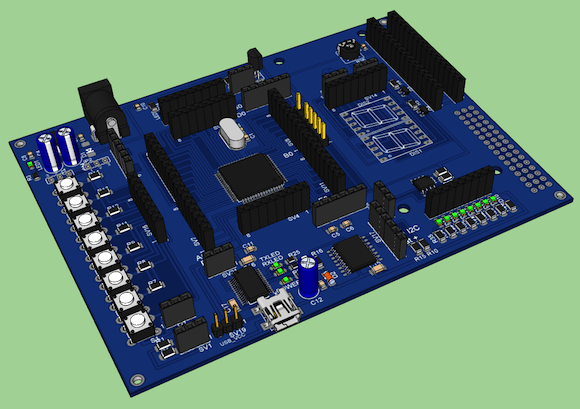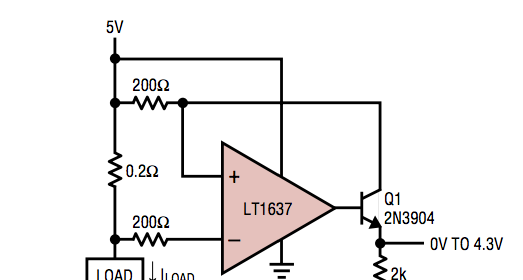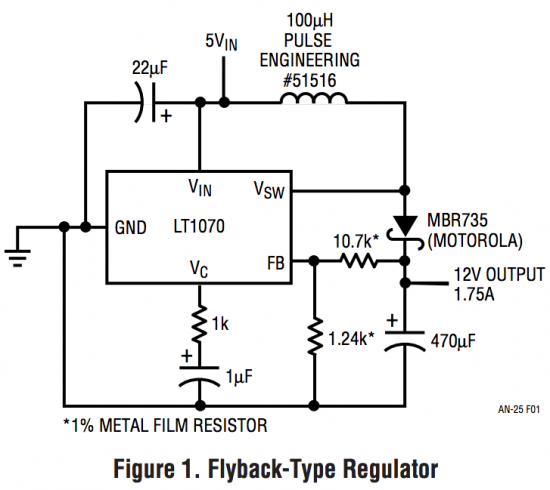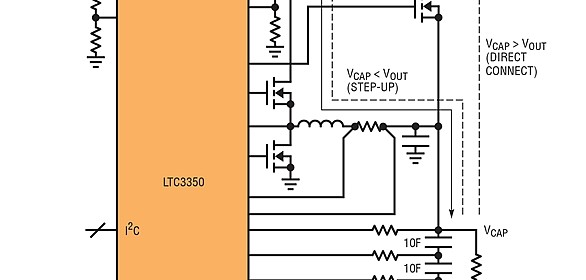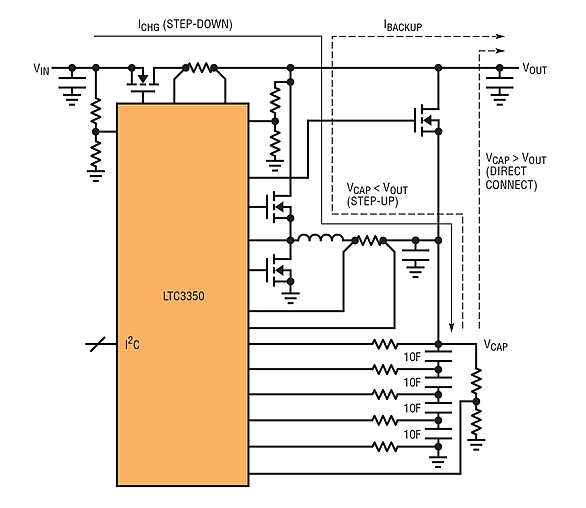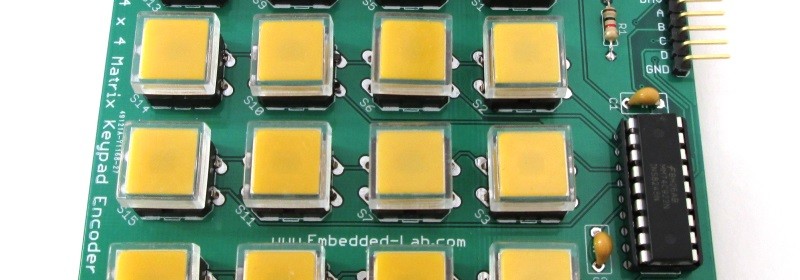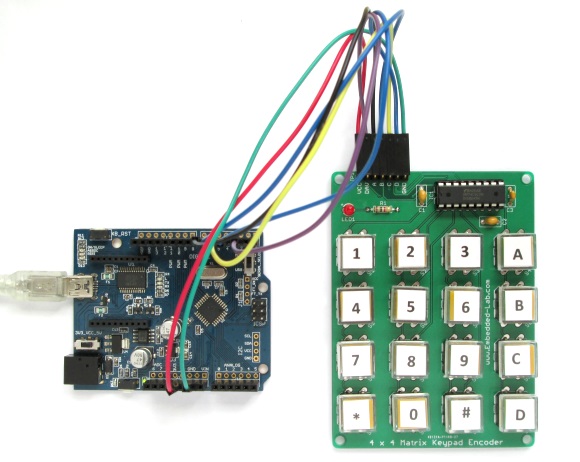Atmega64 Explorer Board
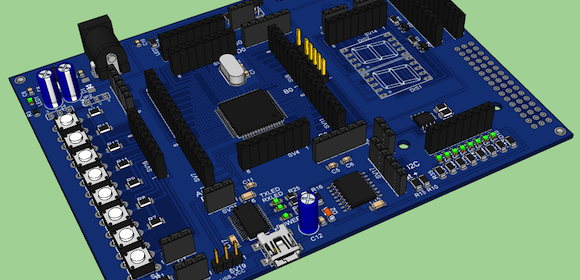
Radek Malina from Czech Republic has designed this development board for rapid prototyping and firmware development with Atmel’s powerful Atmega64 microcontroller. He has also shared his design files here. The development board has the following features:
– Atmega64 – all the ports available through pins, a different crystal can be connected (optional frequency crystal)
– DS3231 RTC, real-time IC / I2C
– Temp. DS1820 1wire Temp. sensor
– EEPROM 24AA00SN / I2C EEPROM
– USB Port FT232RL USB/RS232 converter
– Buttons 8x -16x LED
– Connect LCD Display 16×2
– 7segment-LED Display
– N-FET For PWM
– ISP Programming connector
